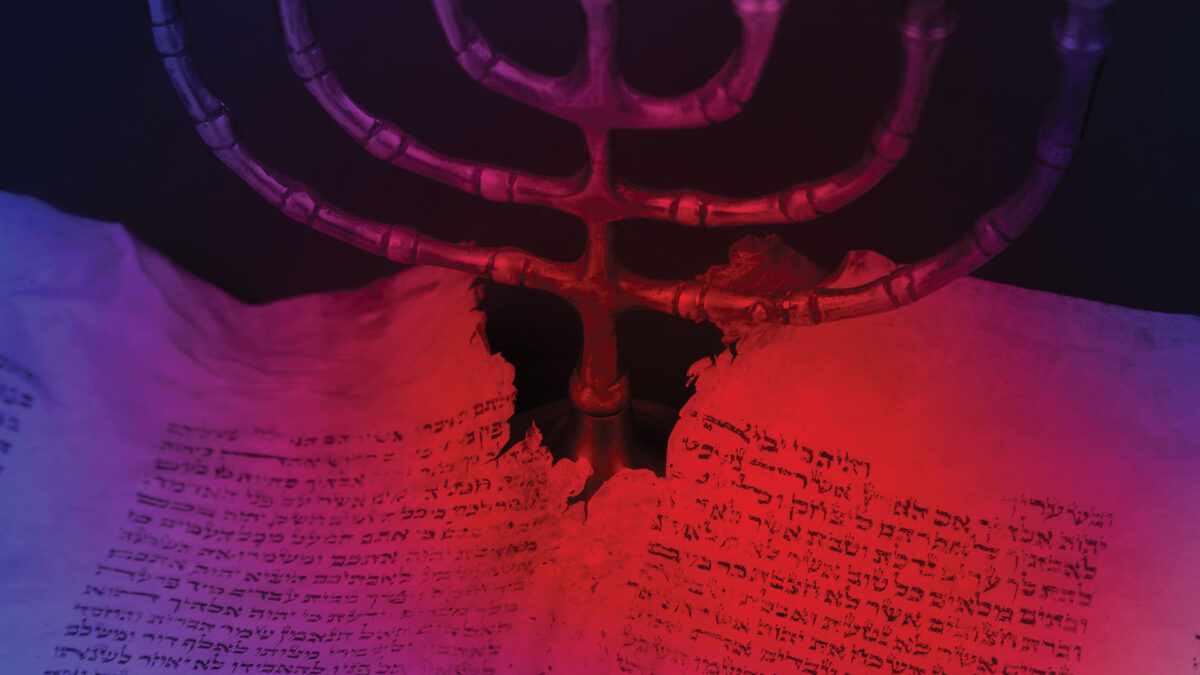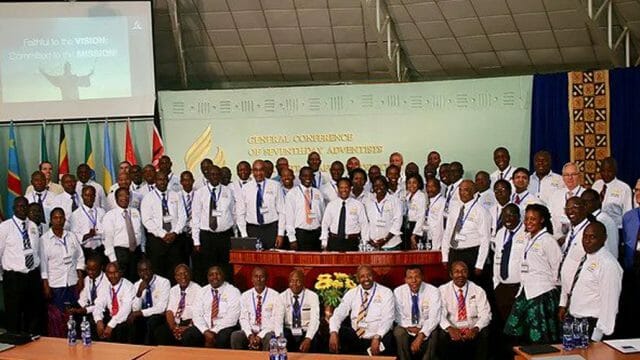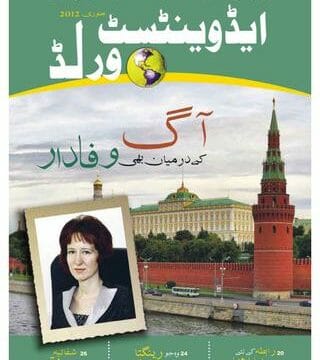But the most important question remains to be answered: What is the cleansing of the sanctuary? . . . .

The question, What is the sanctuary? is clearly answered in the Scriptures. The term “sanctuary,” as used in the Bible, refers, first, to the tabernacle built by Moses, as a pattern of heavenly things; and, secondly, to the “true tabernacle” in heaven, to which the earthly sanctuary pointed. At the death of Christ the typical service ended. The “true tabernacle” in heaven is the sanctuary of the new covenant. And as the prophecy of Daniel 8:14 is fulfilled in this dispensation, the sanctuary to which it refers must be the sanctuary of the new covenant. At the termination of the 2300 days, in 1844, there had been no sanctuary on earth for many centuries. Thus the prophecy, “Unto two thousand three hundred days; then shall the sanctuary be cleansed,” unquestionably points to the sanctuary in heaven.
POWER IN THE BLOOD
But the most important question remains to be answered: What is the cleansing of the sanctuary? . . . . In Hebrews 9 the cleansing of both the earthly and the heavenly sanctuary is plainly taught. “Almost all things are by the law purged with blood: and without shedding of blood is no remission. It was therefore necessary that the patterns of things in the heavens should be purified with these [the blood of animals]; but the heavenly things themselves with better sacrifices than these” [Heb. 9:22, 23], even the precious blood of Christ.
The cleansing, both in the typical and in the real service, must be accomplished with blood; in the former, with the blood of animals; in the latter, with the blood of Christ. Paul states, as the reason why this cleansing must be performed with blood, that without shedding of blood is no remission. Remission, or putting away of sin, is the work to be accomplished. But how could there be sin connected with the sanctuary, either in heaven or upon the earth? This may be learned by reference to the symbolic service; for the priests who officiated on earth, served “unto the example and shadow of heavenly things” [Heb. 8:5].
THE CEREMONY
The ministration of the earthly sanctuary consisted of two divisions; the priests ministered daily in the holy place, while once a year the high priest performed a special work of atonement in the most holy, for the cleansing of the sanctuary. Day by day the repentant sinner brought his offering to the door of the tabernacle and, placing his hand upon the victim’s head, confessed his sins, thus in figure transferring them from himself to the innocent sacrifice. The animal was then slain. “Without shedding of blood,” says the apostle, there is no remission of sin. “The life of the flesh is in the blood” [Lev. 17:11]. The broken law of God demanded the life of the transgressor. The blood, representing the forfeited life of the sinner, whose guilt the victim bore, was carried by the priest into the holy place and sprinkled before the veil, behind which was the ark containing the law that the sinner had transgressed. By this ceremony the sin was, through the blood, transferred in figure to the sanctuary. In some cases the blood was not taken into the holy place; but the flesh was then to be eaten by the priest, as Moses directed the sons of Aaron, saying, “God hath given it you to bear the iniquity of the congregation” [Lev. 10:17]. Both ceremonies alike symbolized the transfer of the sin from the penitent to the sanctuary. . . .
God commanded that an atonement be made for each of the sacred apartments. “He shall make an atonement for the holy place . . . : and so shall he do for the tabernacle of the congregation, that remaineth among them in the midst of their uncleanness” [Lev. 16:16]. An atonement was also to be made for the altar, to “cleanse it, and hallow
it from the uncleanness of the children of Israel” [Lev. 16:19].








